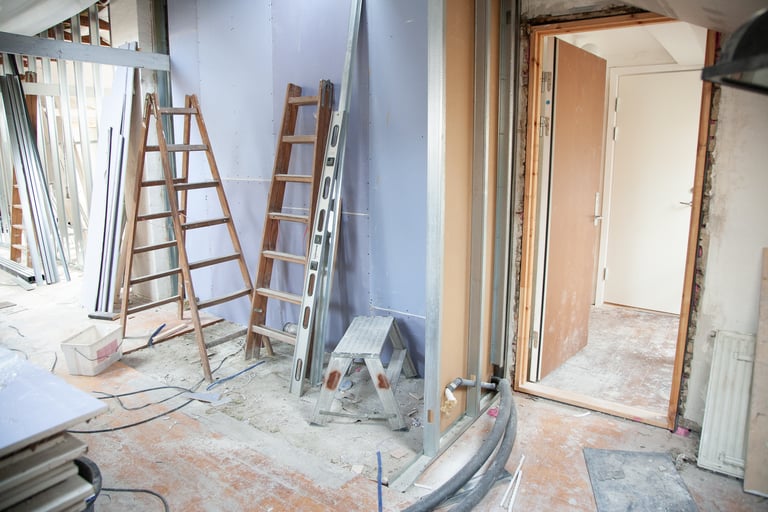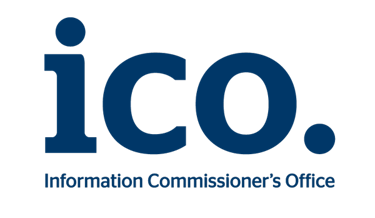
Managing property refurbs remotely




My post content
Managing remote house refurbishment projects for a property investor requires careful planning, effective communication, and the ability to oversee various aspects of the project from a distance. Anything can go wrong and as an investor, you want to avoid this and make sure your projects still remains as profitable as you intended it to be.
Here are some important ways to manage remote house refurbishment projects in detail:
Comprehensive Project Planning:
Define Project Scope: Clearly outline the scope of the refurbishment project, including specific goals, budget constraints, and timelines. If any of your work requires planning approval from the local council, consult with a planning expert in the area, who will assess the costs and probability of approval before taking on the project.
Detailed Budgeting: Develop a detailed budget that includes all anticipated costs, including materials, labor, permits, and any unforeseen expenses. It would be easier to draft a schedule of works as a project management tool, as it will help you monitor progress and costs with contractors.
Technology Utilization:
Project Management Software: Use project management tools and software to track progress, manage tasks, and communicate with the project team. Tools like Asana, Trello, or Monday.com can be helpful.
Video Conferencing: Conduct regular video meetings with contractors, designers, and other stakeholders to ensure effective communication and alignment on project goals.
Site Inspection and Local Representation:
Local Project Manager: Consider hiring a local project manager or contractor to act as your representative on-site. This person can oversee day-to-day activities and report progress regularly.
Virtual Site Inspections: Leverage video calls and virtual tours to inspect the site remotely. Request frequent updates with detailed visuals to monitor the progress and identify any issues. There are applications that you can also use to audit and markup inspected sites and share them with the contractors in real time eg Site Audit Pro.
Clear Communication Channels:
Regular Updates: Establish a communication schedule for regular updates on the project status, including milestones achieved, challenges faced, and proposed solutions.
Document Everything: Keep detailed documentation of all communication, agreements, and changes to the project plan. This helps in resolving disputes and tracking the project's history.
Quality Control:
Specification Documents: Provide detailed specifications for materials, finishes, and workmanship to maintain the desired quality. This reduces the chances of misunderstandings between you and the contractors.
Quality Checks: Arrange for periodic quality checks by a local inspector or a trusted professional to ensure that work meets the specified standards.
Risk Management:
Contingency Planning: Identify potential risks and develop contingency plans. This could include budget overruns, delays, or unexpected issues with the property.
Insurance: Ensure that all necessary insurance coverage is in place to protect against unforeseen events such as accidents, theft, or damage during construction.
Legal Compliance:
Local Regulations: Be aware of local building codes and regulations. Ensure that all necessary permits are obtained before starting the refurbishment to avoid legal issues.
Contractual Agreements: Have legally binding contracts with all parties involved, clearly outlining responsibilities, timelines, and penalties for non-compliance.
Financial Management:
Payment Structure: Establish a clear payment schedule tied to project milestones. This helps maintain control over finances and encourages timely completion of tasks.
Expense Tracking: Keep meticulous records of all project-related expenses. Use financial tools or software to track expenditures and compare them against the budget.
Flexibility and Adaptability:
Adapt to Changes: Understand that unexpected issues may arise, and plans may need adjustment. Be flexible and willing to adapt to changes in the project scope or timeline as needed.
Post-Completion Inspection:
Final Walkthrough: Conduct a final walkthrough, either in person or virtually, to ensure that all aspects of the project meet the agreed-upon standards before making the final payment.
Punch List: Create a punch list of any remaining tasks or issues that need to be addressed post-completion.
Top tip: If you are managing contractors remotely, you might want to sign-off and pay in phases rather than a full lump-sum all at once. Some also tend to have a retention clause in the contract. A retention works by holding onto or retaining a portion of the contract until the job is complete. Once the job is done and the individual that hired the contractor is satisfied, the contractor will receive the retained portion.
By combining effective planning, clear communication, and strategic use of technology, property investors can successfully manage remote house refurbishment projects and achieve their investment goals.





